Understanding The Parts Of Hot Air Balloons
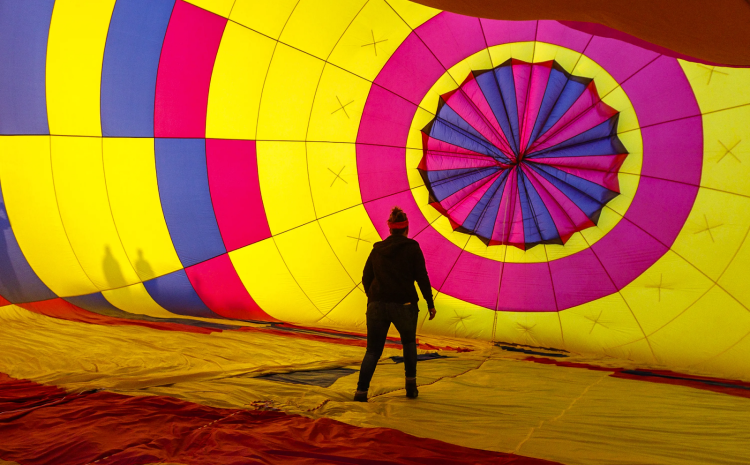
Hot air balloons, with their majestic presence and graceful flights, have always captivated human imagination. The sheer simplicity and wonder of floating in the sky have made them a timeless symbol of adventure and exploration. In this comprehensive guide, we will delve into the fascinating world of hot air balloons, understanding each part that contributes to their magical flight. Whether you’re a seasoned enthusiast or a curious first-timer, come along as we unravel the intricacies of hot air balloons.
The Envelope
At the heart of every hot air balloon lies the envelope, the fabric structure that gives the balloon its distinctive shape. This enormous and colorful sphere is responsible for lifting the balloon off the ground and into the sky. The envelope is typically made from a strong and lightweight material, such as nylon or polyester, ensuring it can withstand the rigors of flight while remaining easy to handle during inflation and deflation.
Burner
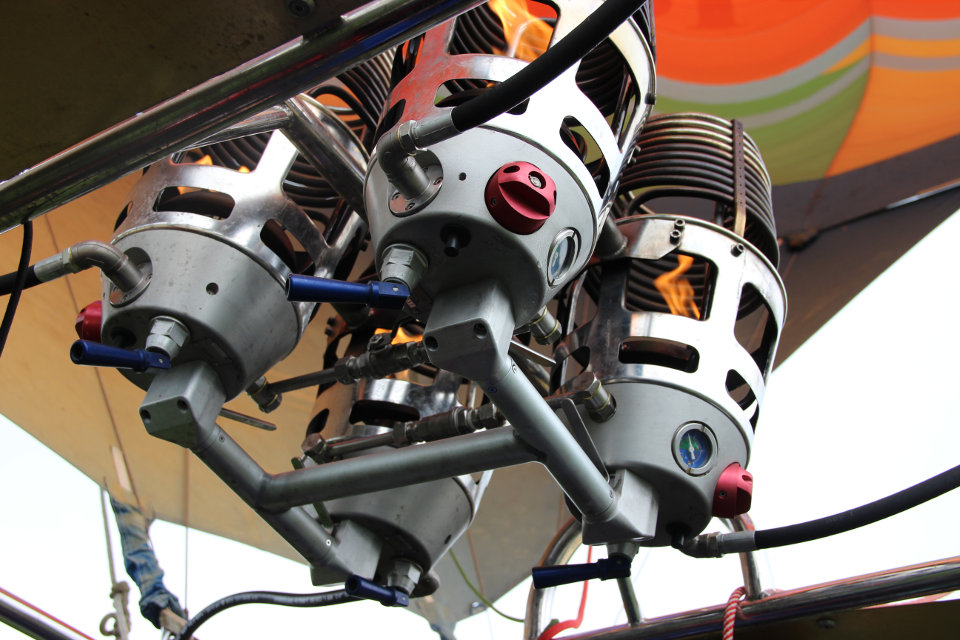
The burner, a crucial component of hot air balloons, is the powerhouse that generates the heat needed to lift the balloon. Usually fueled by propane, the burner produces a controlled flame that warms the air inside the envelope. As the air within the envelope heats up, it becomes lighter than the surrounding cooler air, enabling the balloon to rise gracefully into the sky.
Gondola
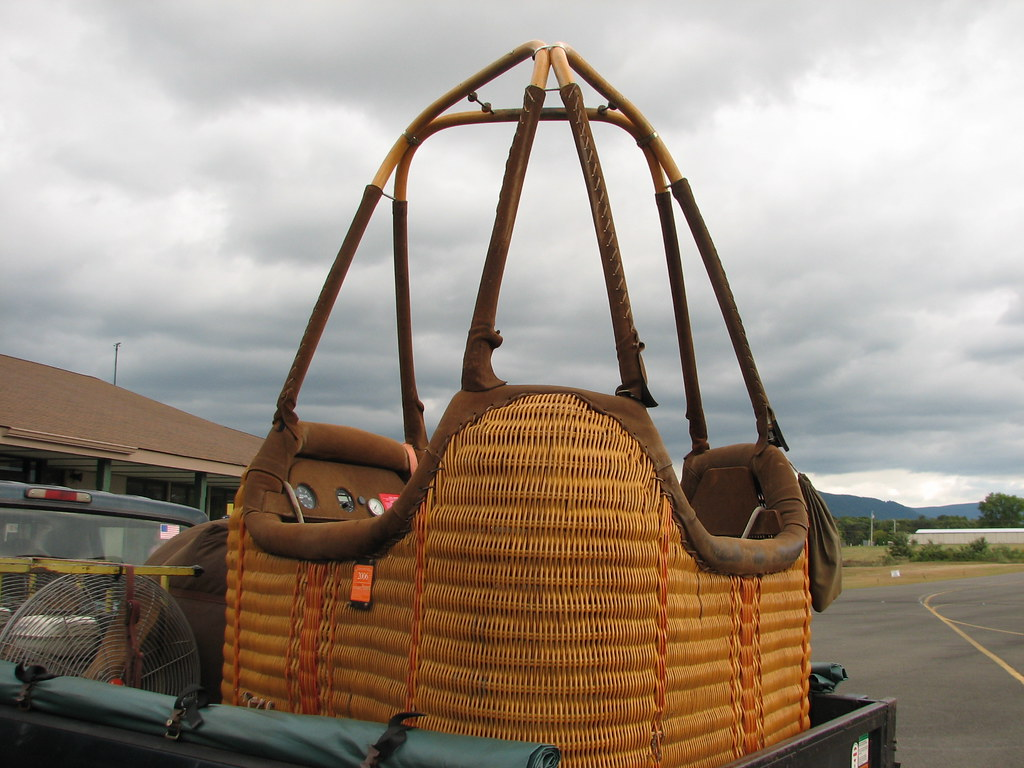
The gondola, also known as the basket, serves as the passenger compartment of the hot air balloon. Constructed from sturdy materials like wicker or aluminum, the gondola provides a safe and comfortable space for passengers to enjoy their aerial adventure. Gondolas come in various sizes, accommodating different numbers of passengers, and are equipped with safety features and restraints to ensure a secure flight.
Propane Tanks
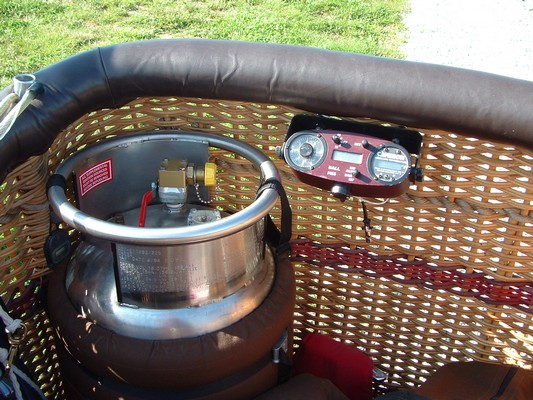
Propane tanks are the source of fuel for the burner. These high-pressure tanks are securely fastened to the gondola to supply the necessary propane for the duration of the flight. Experienced pilots carefully calculate the amount of propane required for each journey to ensure a safe and controlled ascent and descent.
Vent
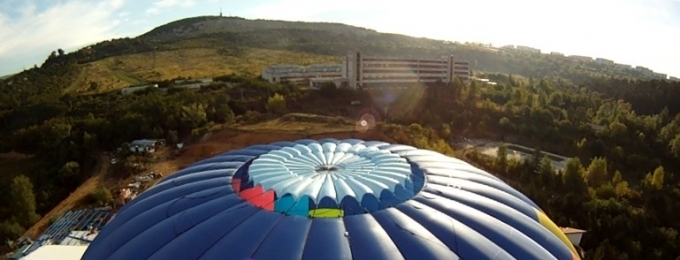
The vent, located at the top of the envelope, plays a critical role in controlling the balloon’s altitude. By pulling a cord, the pilot can open the vent to release hot air, causing the balloon to descend. Conversely, when the vent is closed, the hot air is retained, allowing the balloon to ascend. Skillful manipulation of the vent allows pilots to navigate the skies with precision.
Parachute Valve
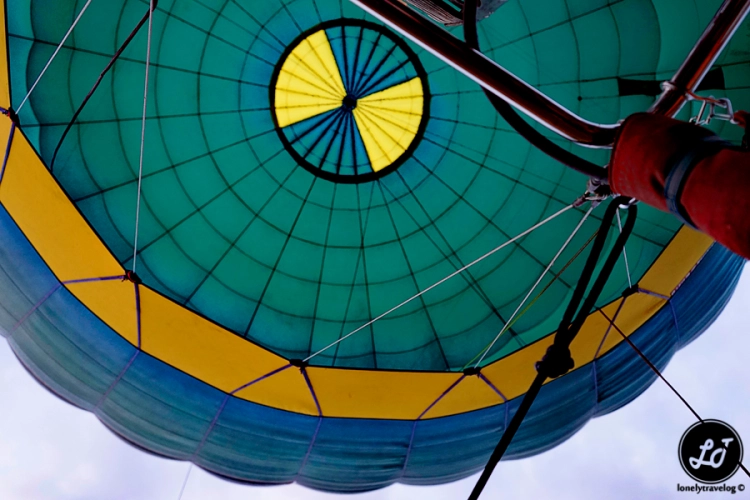
The parachute valve is a crucial safety feature on hot air balloons. It serves as an emergency vent that rapidly releases hot air if the internal pressure becomes too high. This prevents the envelope from bursting and ensures the safety of everyone on board. The parachute valve is carefully engineered to open quickly and efficiently when needed.
Crown Line

The crown line, also known as the crown rope, is a strong cable attached to the top of the envelope. During inflation, the crown line helps keep the envelope steady and prevents it from being blown around by the wind. After landing, the crown line assists in stabilizing the balloon until it is fully deflated and secured.
Appendix
Apart from the major components mentioned above, hot air balloons may also feature additional accessories and instruments, including:
- Instruments: Altimeters, variometers, and GPS devices aid the pilot in navigation and maintaining altitude;
- Igniter: A small handheld device used to light the burner’s pilot light;
- Drop Line: A rope hanging from the gondola that allows ground crew to assist in landing.
Conclusion
Hot air balloons, a symbol of freedom and adventure, have delighted generations of people around the world. From the majestic envelope to the powerful burner, each part contributes to the magic of flight. As you soar high in a hot air balloon, you become part of a tradition that spans centuries. Embrace the beauty of the skies and experience the thrill of floating above the world, supported by the ingenuity and engineering of these magnificent flying machines.
FAQs
Hot air balloons work on the principle that hot air is lighter than cold air. When the air inside the envelope is heated, the balloon becomes buoyant and rises.
Yes, hot air balloon flights are generally safe when operated by experienced pilots and maintained properly. Strict safety protocols are followed to ensure passenger safety.
Dress in layers and wear comfortable clothing suitable for the weather. Closed-toe shoes are recommended, and don’t forget your camera to capture the breathtaking views!
The duration of a hot air balloon flight can vary, but most flights last between one to two hours. Factors like weather conditions and wind speed can influence the flight duration.
Hot air balloons can be steered vertically by controlling the burner and the vent. However, horizontal movement is largely dependent on wind direction and cannot be directly controlled.